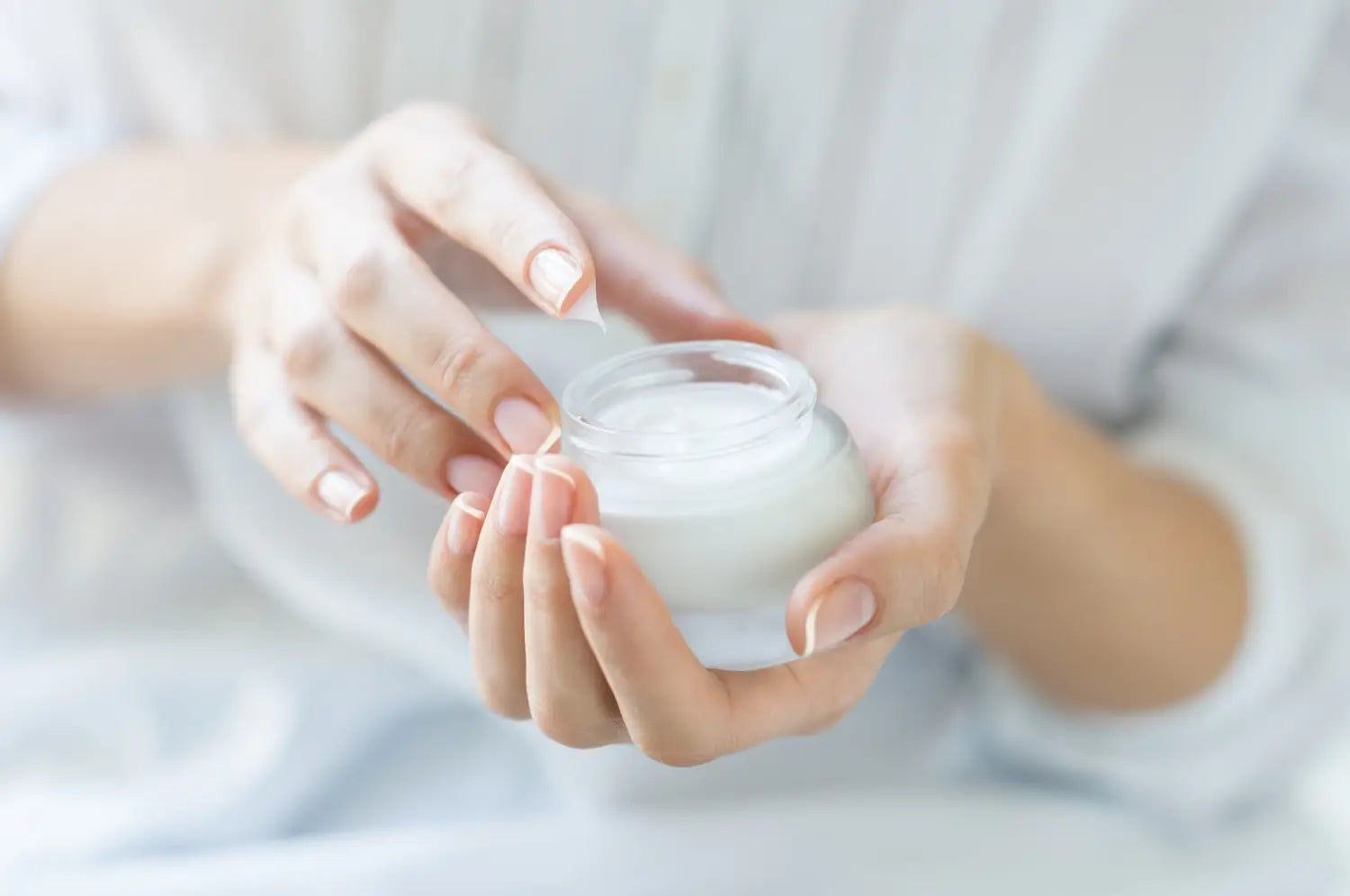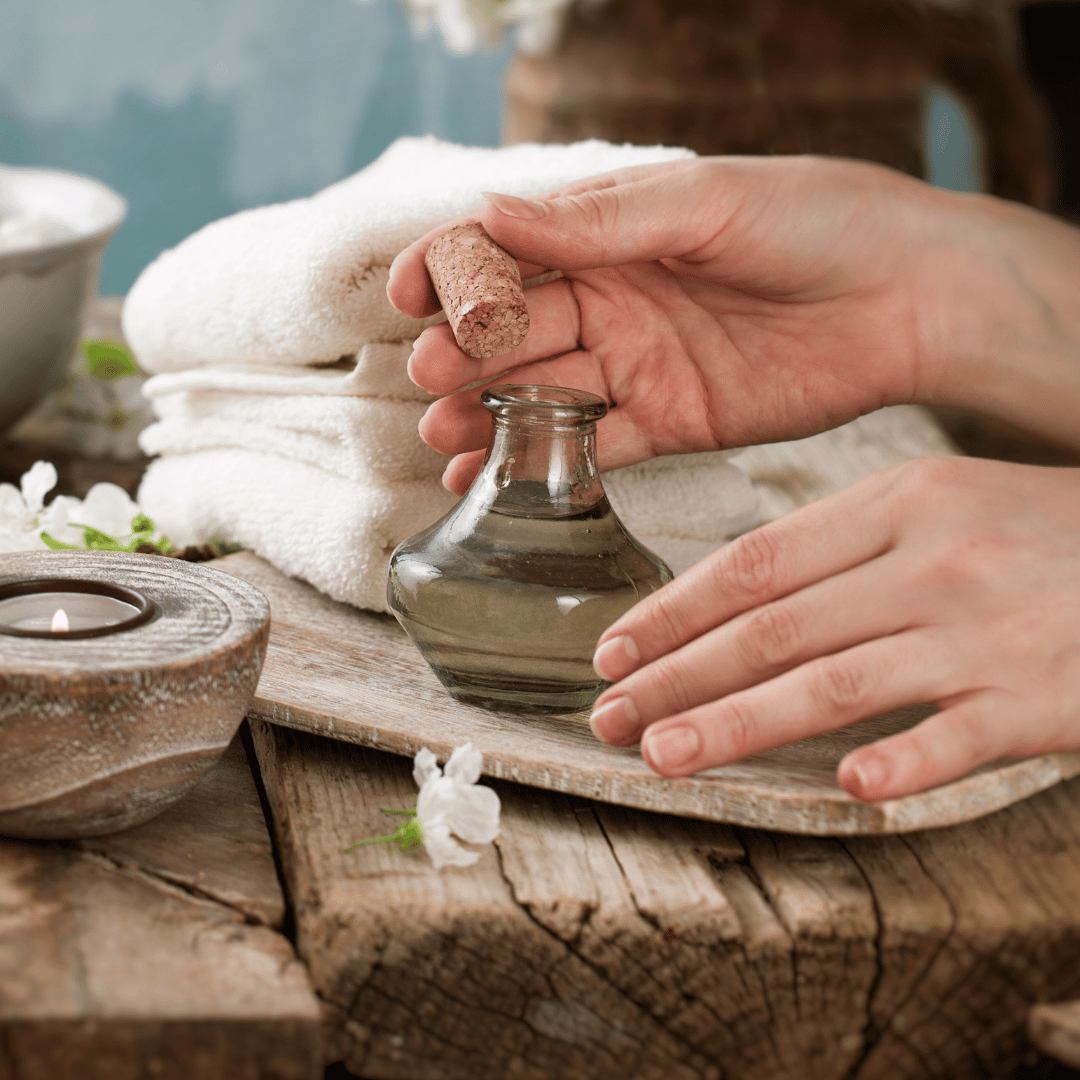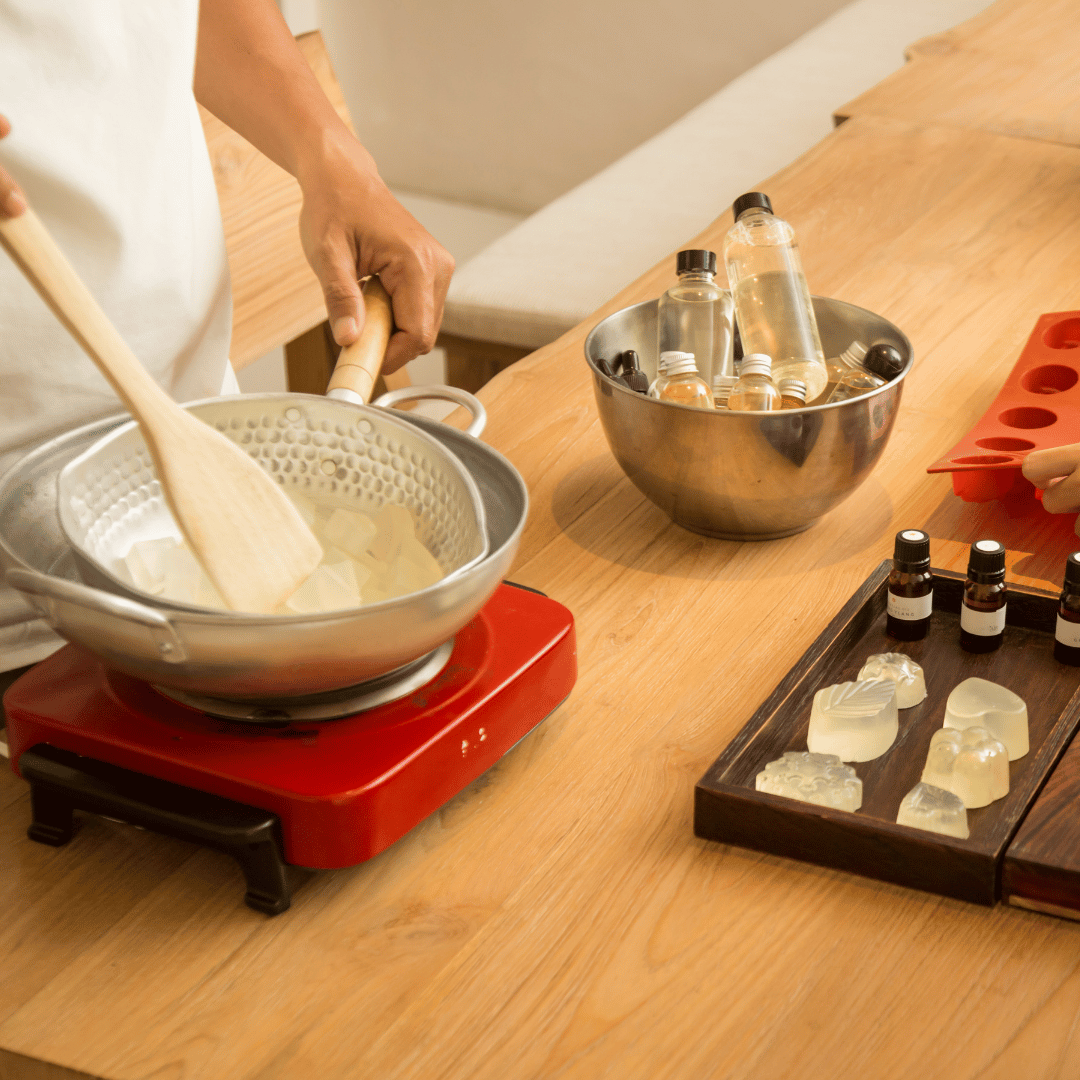
Preservatives are an important part of DIY bath and body products. They help prevent mold and bacteria growth, which extends the shelf life of products and makes them safe to use.
Preservatives are recommended for products made with water or products that may get water splashed in during use. This post has information on whether they’re needed for soap, lotion, and more. Keep in mind these are general rules and may be different based on your preference, how the product will be used, whether you’re selling the product, etc. It’s a great place to start and adjust from there.
Cold process and melt and pour soap
Preservative: No
You never have to worry about adding a preservative to cold process or melt and pour. They have a pH level of 9-10, which doesn’t allow mold or bacteria to grow. Just another reason to love handmade soap.
Liquid soap
Preservative: Optional
Amount 0.5-1% of the total weight
Type: Optiphen Plus
Like bar soap, liquid soap has a pH level that doesn’t allow mold to grow. However, it does require distilled water for dilution. You can add a preservative to be extra careful or if you plan to sell it.
Lotion
Preservative: Yes
Amount: 1% of the total weight
Type: Optiphen Plus, Phenonip, iscaguard PEG
Lotion always needs a preservative because it’s made with water. Without one, the shelf life will only be a few weeks.
Body butter
Preservative: No
This is a simple mixture of butter and oil. Because there’s no water and it will likely be applied to dry skin, don’t worry about a preservative. As always, you can add one if you plan to sell it.
Scrubs and bath salts
Preservative: Optional
Amount: 1% of the total weight
Type: Optiphen Plus or Phenonip
While most scrubs and bath salts aren’t made with water, they are usually stored in the shower and can get water splashed in during use. We recommend a preservative for that reason. You can skip it if the recipe is for personal use and stored in a cool, dry area in between uses.
Bath bombs
Preservative: No
Bath bombs don’t contain water so they don’t need a preservative. When choosing witch hazel to wet them, make sure it’s alcohol based or already has a preservative.
Balms
Preservative: No
Like body butter, balms don’t contain water and they’re usually applied to dry skin. You don’t need to worry about a preservative. That goes for body balm and lip balm.
Room sprays, linen sprays, and perfume
Preservative: Yes
Amount: 1% of the total weight
Type: Optiphen ND
If your recipe contains water, it will need a preservative. If not, check the ingredient list and make sure whatever you’re adding has one.
Let’s say your preservative should be used at 1%; if your recipe contains 100g of ingredients, that’s approximately 1g of preservative. That’s not 100% accurate as 1% of 101g (original recipe + weight of the preservative) will be just over 1g, but with the small batches we’re working in the the accuracy level of the scales we’ve got at home, we consider it to be close enough.
- Figure out how much your recipe weighs. Either add up the weights of all the ingredients or weigh the final product.
- Figure out the recommended usage rate of the specific preservative you are using. Choose the higher end of the range since we’re not manufacturing in sterile labs.
- Multiply the weight of your product by the usage rate percentage, and divide that number by 100. So, if your concoction weighs 50g and the usage rate is 2.5%, that would be 50 × 2.5 = 125. 125 ÷ 100 = 1.25. That means you should add 1.25g preservative to your concoction.
These things are often sold in the “preservatives” section but are not preservatives—just antioxidants. They are usually far less scary/more natural sounding, but they will not do the job at all.
- Sodium lactate
- Grapefruit seed extract
- Rosemary antioxidant
- Vitamin E



Comment
Thank you
The information shared was much appreciated
Very informative